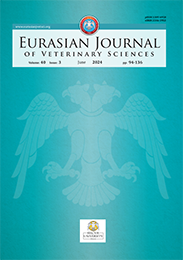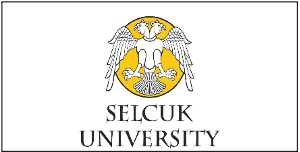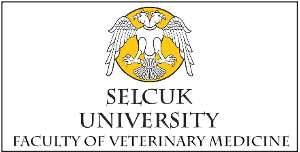| 2015, Cilt 31, Sayı 1, Sayfa(lar) 001-007 |
| [ Türkçe Özet ] [ PDF ] [ Benzer Makaleler ] |
| Architectural and functional features of muscles surrounding Regio cruris and Pedis in donkey |
| Yasin Demiraslan1, Sami Özcan2 |
| 1Mehmet Akif Ersoy Üniversitesi, Veteriner Fakültesi, Anatomi Anabilim Dalı, Kampüs, Burdur, Türkiye 2Kafkas Üniversitesi, Veteriner Fakültesi, Anatomi Anabilim Dalı, Kampüs, Kars, Türkiye |
| Keywords: Donkey, muscle, cross-sectional area, regio cruris, pedis |
| Downloaded:1573 - Viewed: 2878 |
|
Aim: This study was conducted to determine the architectural
and functional features of the muscles in distal hindlimb
of donkey.
Materials and Methods: Totally 10 donkeys were used as material. The muscles, framing regio cruris and pedis of the donkeys, whose blood was drained under general anesthesia, were dissected. Therefore, the architectural and functional parameters were obtained from the muscles. Results: It was determined that m. flexor digitorum lateralis was the longest and m. gastrocnemius was the heaviest muscles surrounding regio cruris and pedis in the donkeys. When m. flexor digitorum lateralis was the most powerful muscle, m. gastrocnemius was the most powerful tendo in this region. In this study, statistical difference was detected between the sexes regarding the data of some muscles. Conclusion: In the study, it was determined that long tendo, pennate, short-muscle fibre and small volume placed muscles were present on the regio cruris and pedis in the donkeys. |
| [ Türkçe Özet ] [ PDF ] [ Benzer Makaleler ] |





